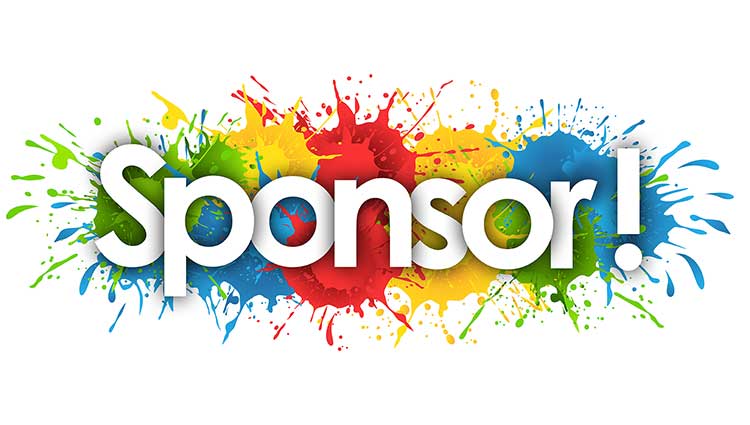The Impact Of Waiting For The Generational Wealth Transfer

We’ve all read the breathless projections of up to $140 trillion of wealth that will be inherited by Gen X and the Millennials over the next number of years. And as professionals in philanthropy, I expect we’ve all been waiting for that transfer to begin and make the great impact on charities we’ve imagined it will. But I admit my hair is getting grayer — and disappearing — as I wait for the great reward of this promised inheritance.
What is an Endowment? Learn the Basics of This Powerful Planned Giving Strategy

Endowments are most often associated with institutions of higher learning and huge nonprofits like hospitals. But an endowment may be a great fit for one of your prospective planned giving donors.
Top 3 Tools for Major Donor Prospect Research

Establishing a major donor strategy is arguably one of the most effective ways to establish a significant, long-term funding source for your nonprofit. Ideally, major donors and nonprofits enjoy a long, mutually-beneficial relationship where the donor uses their resources to make big things happen at an organization they cherish. But how do you begin to build this strategy? How do you discover the giving potential of those in your community? Below are three top tools to help complete donor prospect research.
Supercharge Your Corporate Sponsors

Corporations and businesses continue to adopt philanthropic strategies as consumers attempt to make more ethical purchasing choices. This makes corporate sponsorships a wonderful major gift partnership between businesses near you and your nonprofit. Whether your organization resides near some corporate headquarters in a major city or a rural area with family-owned businesses, corporate sponsorships can provide a helpful fundraising boost and open up possibilities for mutually beneficial partnerships.
Do I Need a Mentor? Fresh Ways to Get Inspired

Having a professional mentor sounds like an inspiring boost to anyone’s professional development. Being able to benefit from the wisdom and expertise of someone you trust sounds like a fantastic way to learn essential lessons and plan your next moves. But how do you find a mentor? What makes a healthy mentor relationship? Can a non-traditional mentorship still provide similar benefits? Read on to learn practical ways to infuse priceless expertise into your professional development.
Board Governance Committees: What Do They Do?

A board governance committee serves as a powerful tool for nonprofits who wish to boost their board recruitment and better prepare for an organization’s inevitable “rainy days”. This committee, along with others like a finance committee and development committee, are vital sources of support for nonprofit leaders.
Master This Planned Gift: Donor-Advised Funds

Planned giving donors can choose from several different kinds of giving vehicles to leave their legacy with your organization. One of those vehicles is a donor-advised fund. While these different tools may sound complicated, you can learn the basics of these tools to help guide your donors. Donor-advised funds are a dynamic planned giving vehicle that can provide a major gift to a nonprofit while also delivering peace of mind to your major donor.
Is Your Mission “Hard to Explain?” Five Questions to Ask.

It’s no understatement that the purpose of many nonprofits is to solve the world’s most urgent and challenging questions, often with the fewest resources. Issues like hunger, economic development, poverty, addiction, affordable housing, animal neglect, education, environmental hazards and more are often the core of our organizations’ purpose. But when your cause is so big and complex, how do you discuss it with an audience experiencing a shrinking attention span and more charitable causes to support than ever?
Ask Yourself One Question to Discover Your Nonprofit’s Culture of Philanthropy

A culture of philanthropy is that elusive, undefinable goal of every nonprofit. So how do you know you have a culture of philanthropy? Ask yourself one question about your employees and key volunteers:
How to Get More Money For Your Planned Giving Budget

“But they cut my budget this year!” It’s the same story, year after year, no matter what the economy’s doing. People blame their inability to “do planned giving” on a lack of money. After 25 years in the planned giving marketing world this complaint comes in consistently. So what else has changed? I hear this in the corporate world, too.